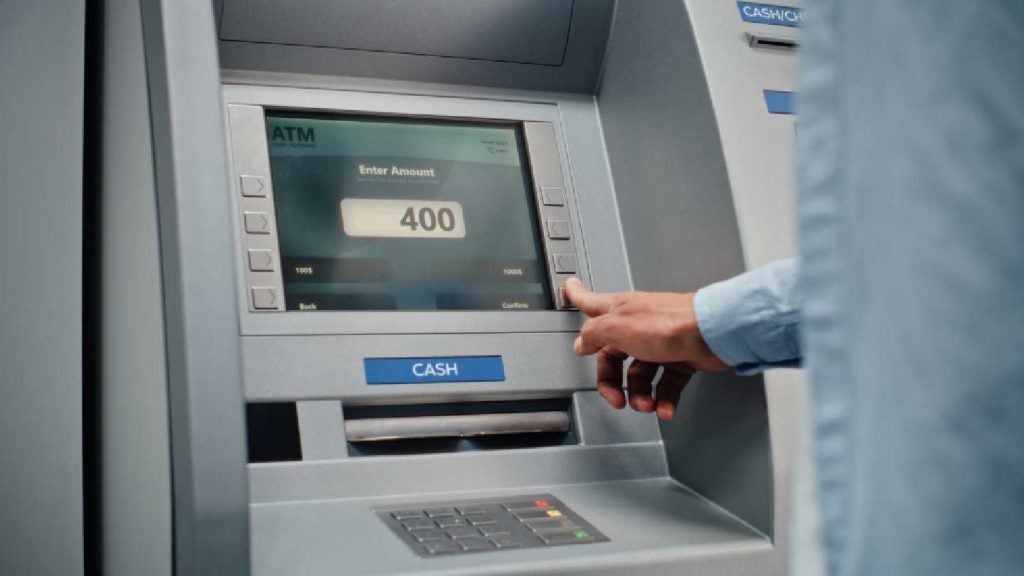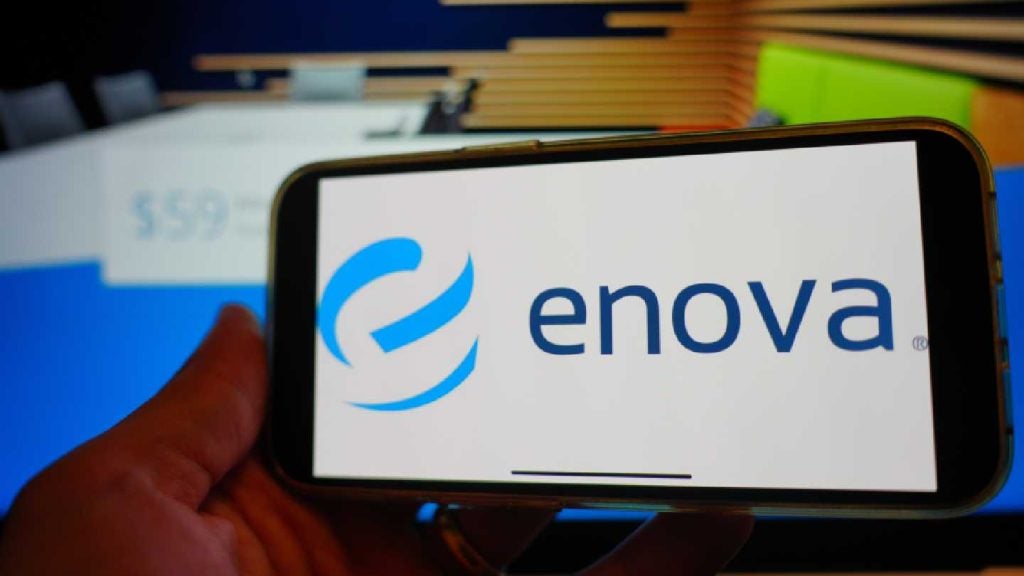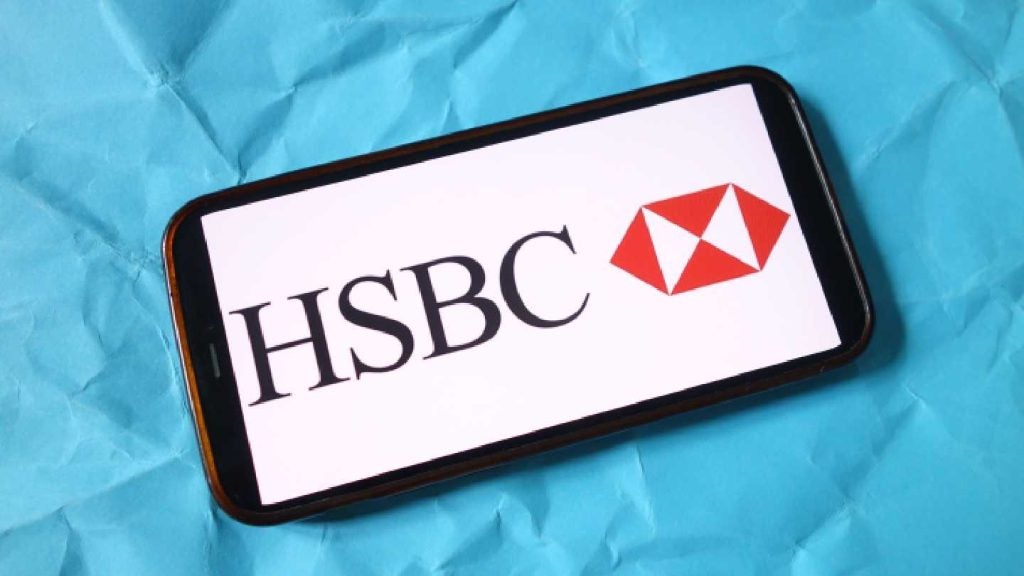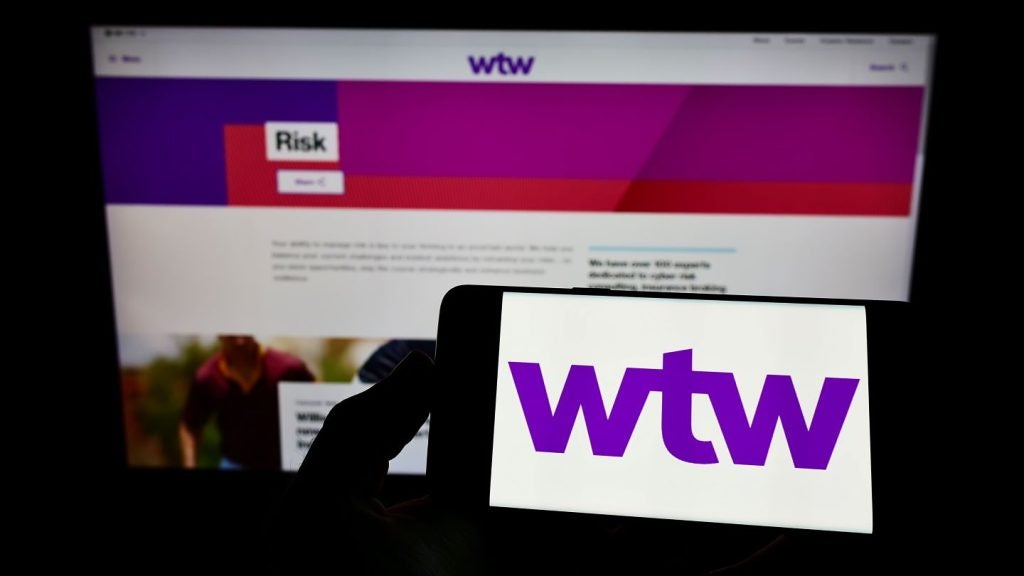
Commonwealth Bank of Australia (CBA) has entered the buy now, pay later (BNPL) market, directly competing with the likes of Afterpay and Klarna.
Today, the bank unveiled its new BNPL feature, which can be used anywhere debit and credit card payments are accepted.

Access deeper industry intelligence
Experience unmatched clarity with a single platform that combines unique data, AI, and human expertise.
Set to launch in mid-2021, the feature will be available to eligible CBA customers, linking to customer bank accounts, with no ongoing fees and at no additional cost to businesses. This directly contrasts with BNPL outfits, such as Afterpay, which charges a 4.17% merchant fee on all sales made via the platform.
Angus Sullivan, CBA’s group executive for retail banking, said: “We know transaction costs are important considerations for businesses. Unlike some other BNPL providers which may charge a high fee, there are no additional fees to businesses when customers choose to pay with CommBank’s BNPL.”
CommBank’s foray into BNPL comes as the sector is expected to double its global market share by 2024. According to Worldpay’s Global Payments Report, BNPL will account for 4.2% of all e-commerce transactions globally.
In addition, the move follows recent research showing that 76% of Australians who currently use BNPL are interested in using a BNPL service offered by their main bank.

US Tariffs are shifting - will you react or anticipate?
Don’t let policy changes catch you off guard. Stay proactive with real-time data and expert analysis.
By GlobalDataPay in four
BNPL services let customers pay in instalments or alternatively a month or so later. CBA’s offering will enable customers to split their purchases into four, fortnightly instalments for transactions between $100 and $1,000.
“Customer needs are evolving and this new BNPL offering is about giving customers more choice around how they choose to pay and when, depending on the option which suits them best,” said Sullivan.
“When making a payment, customers will have additional flexibility to use it for their everyday spending for smaller purchases as well as split over four instalments to help smooth payments for bigger purchases.”
Credit assessments
Eligible customers will be able to apply for the product where they show evidence of a regular salary deposited into a CBA transaction account, which can cover repayment instalments. The BNPL product will only be available to customers following internal and external credit assessments.
Sullivan added: “We believe we are best placed to offer our customers a prudent and responsible BNPL option based on the trends and insights sourced from real time transaction data over many years.”
The feature will be offered alongside the existing Klarna BNPL. In 2020, the two companies partnered to offer Klarna’s service to CBA customers. Since then, the bank has invested $350m in the Swedish firm.
Sullivan said: “Our new BNPL service complements and underscores our investment in Klarna and our joint venture business here in Australia which offers both CBA and non-CBA customers huge opportunities to connect with domestic and international retailers.”
BNPL: too much hype?
Despite the rapid growth expected for BNPL, some payment experts argue that the sector will barely make a dent. For instance, by 2024 digital wallets, credit cards, and debit cards will account for 84.5% of total global e-commerce spend – much higher than BNPL at 4.2%.
A report by consulting firm McLean Roche, analysing the BNPL sector in Australia and New Zealand, questions the longevity of BNPL firms. It says that BNPL has always been a small segment in payments and argues that it will continue to remain “a very high volume, low margin business”.
Speaking to EPI, Grant Halverson, Mclean Roche CEO, said: “Offering instalments is not new, offering them via phone apps is a new twist of an old idea. The challenge for BNPL providers is they charge retailers the highest rate for any electronic payments – so they must deliver retailers increased sales to have any longevity.”







